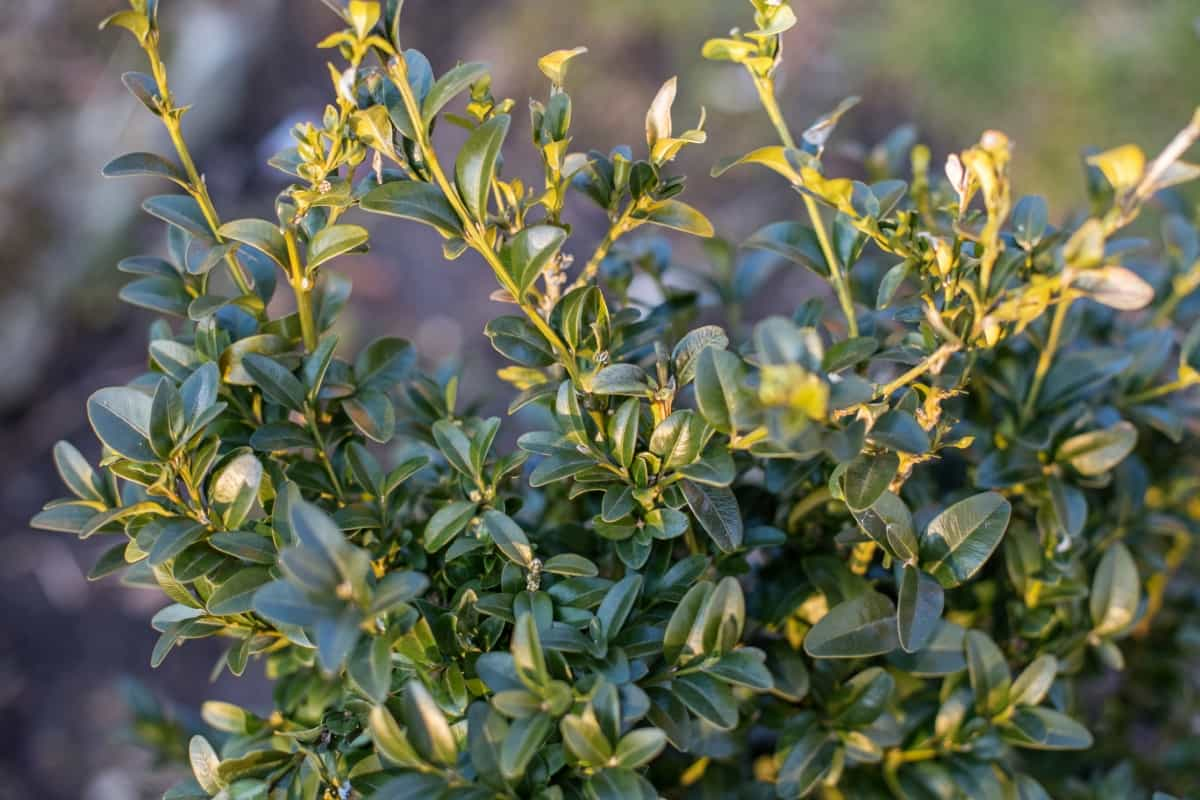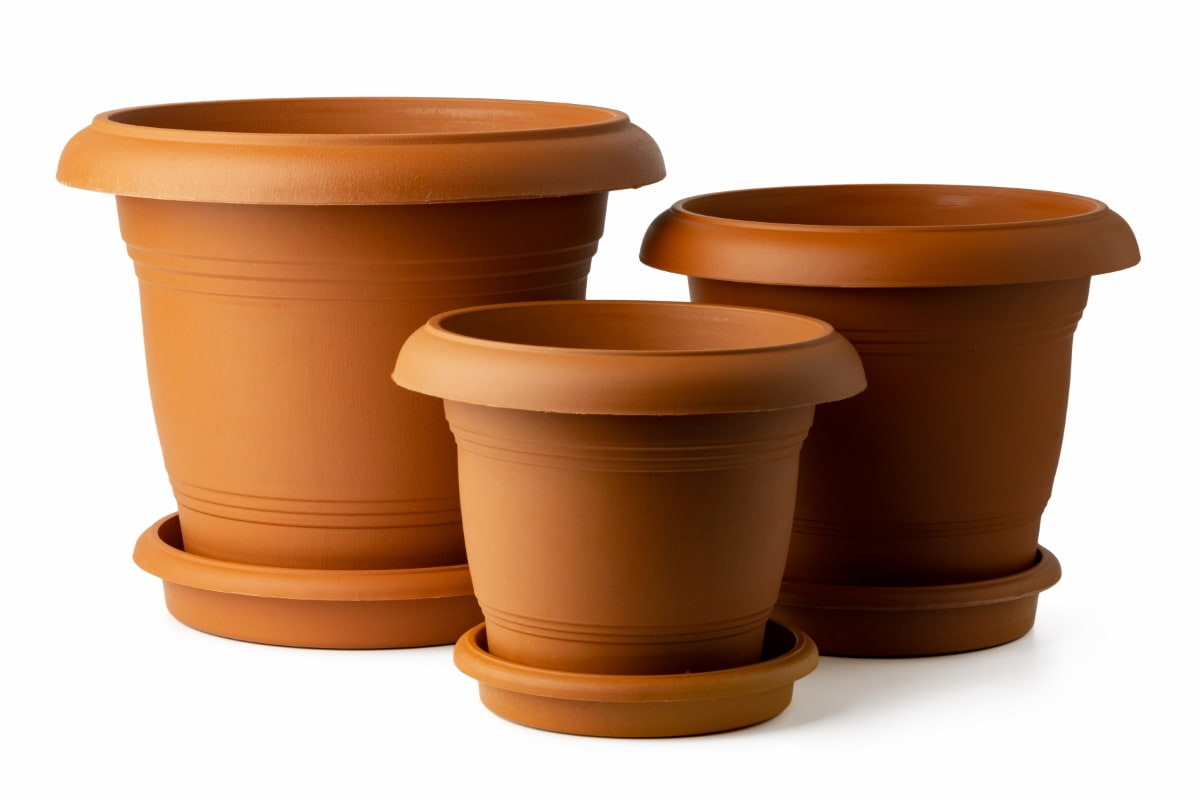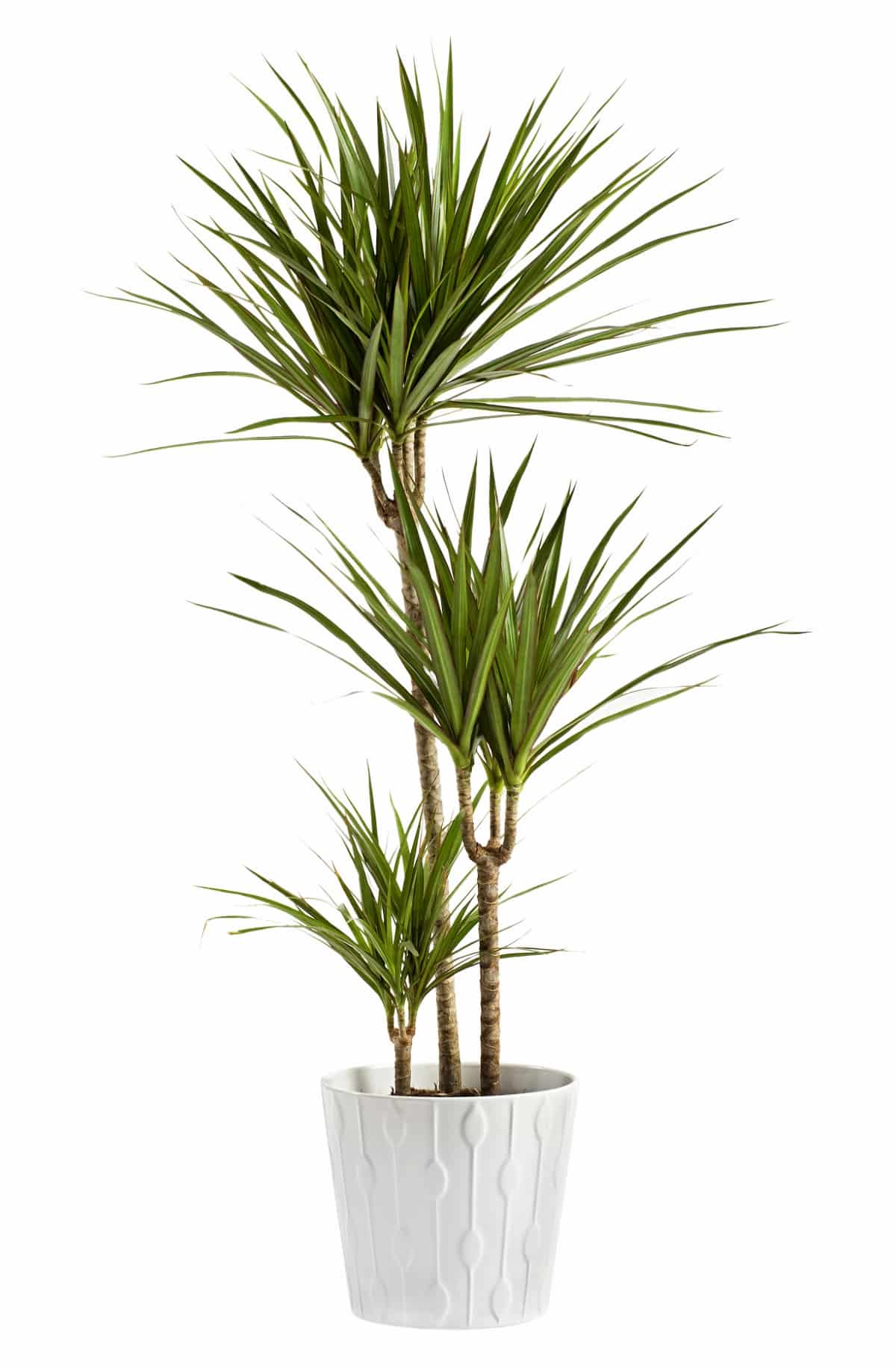When gardening, one of the most thrilling and fulfilling experiences comes from growing woody plants. The diversity of shapes, sizes, and textures these plants can offer adds a distinctive charm to your space. More than the aesthetic appeal, their resilience and robust nature make them alluring for green thumbs. This article will guide you on how to grow woody plants in containers, which is an excellent choice for those with limited ground space or who wish greater control over the plant’s growing conditions.
From understanding what kind of soil woody plants need to how they grow and where their new growth starts, we will delve deep into the fascinating world of woody plants. Their unique physiology supports woody plants, providing them strength to reach skywards and broadness to spread their branches wide. Let’s embark on this gardening journey together, bringing you closer to nature and its infinite wonders.
How to Grow Woody Plants in Containers
Best Woody Plants for Container Gardening
Choosing the right species of woody plants for container gardening can significantly influence the success of your venture. While all woody plants can be fascinating to cultivate, not all are suitable for growing in confined spaces. Popular woody plants for container gardening include boxwoods, hydrangeas, and small fruit trees like citrus or apple, which can be easily trained and pruned to fit their container confines.

When choosing a plant, consider its adult size, growth rate, and hardiness. Also, consider your climate; some plants may struggle in extreme heat or cold. By considering these factors, you can guarantee your chosen woody plant thrives in its container.
Choosing the Right Container for Woody Plants
The choice of container is an integral part of successful woody plant cultivation. The container must be sturdy enough to support the plant’s weight and have adequate drainage holes to prevent waterlogging. Match the container size with the plant size. A container that’s too small can limit root growth, while one that’s too large can lead to overwatering.
In case you missed it: How to Grow Cucumbers from Seeds in Pots/containers: Planting and Care

Also, choose a container material that suits your climate. For instance, plastic pots retain moisture better, making them ideal for hot climates, while ceramic or terracotta pots, which can keep the soil cool, are better for areas with high temperatures.
Container Gardening Tips for Woody Plants
The soil is one of the most critical factors when growing woody plants in containers. What kind of soil do woody plants need? The answer is a well-draining soil. The right soil ensures the roots get enough oxygen and prevents root rot. A blend of topsoil, compost, and perlite can create a soil mixture that provides nutrients and drains well. Remember, woody plants thrive in slightly acidic soil, so adjust the pH level accordingly.
Watering Techniques for Woody Plants in Containers
It’s important to keep a balanced approach when it comes to watering. Too much water causes root rot, too little makes the plant wilt. Woody plants need watering when the top inch of soil is dry. Daily watering may be necessary in hot weather, but less in cooler times. Rainwater is best, lacking harsh chemicals. A watering can with a long spout targets roots effectively.
Fertilizing Woody Plants in Containers
Regular feeding is crucial for the healthy growth of woody plants in containers. They need a good supply of nutrients, more than those grown in the ground, as frequent watering can leach away the nutrients from the soil. A balanced, slow-release fertilizer, applied in early spring, can support their growth throughout the growing season. Regular fertilizing can help promote healthy and vigorous growth, ensuring your woody plants continue to thrive.
Pruning Techniques for Woody Plants in Containers
Pruning is an essential aspect of caring for woody plants in containers. Pruning not only helps in maintaining the plant’s shape and size but also promotes its overall health. Regular pruning helps remove dead or diseased wood, allowing for better air circulation. It’s important to note that the new growth of woody plants usually starts at the tips of the branches, so careful pruning can guide and enhance their shape. Always use sharp pruning tools to ensure clean cuts and prevent damage to the plant.
Managing Pests and Diseases in Container-Grown Woody Plants
Continuously ensure plant health by inspecting for pests and diseases regularly. Aphids, caterpillars, and beetles are common pests that attack woody plants. Mildew, rust, and leaf spot are common diseases. If detected early, most of these problems can be controlled with natural methods like handpicking pests or homemade insecticidal soaps. Keeping the plants healthy by providing adequate water, sunlight, and nutrients can make them more resilient to pests and diseases.
Transplanting Woody Plants from Containers to The Ground
Transplanting your woody plant from a container to the ground can give it more room to grow and spread its roots. The best time for this is in early spring or late fall when the plant is dormant. Carefully remove the plant from its container, trying not to disturb the root ball. Excavate a hole with dimensions twice that of the root ball’s width and depth. Set the plant in the hole and fill it with soil, gently patting it around the base. Water thoroughly after planting, and continue regularly until the plant establishes itself.
Overwintering Strategies for Container-grown Woody Plants
Preparing your container-grown woody plants for winter can be challenging, particularly in colder climates. One effective strategy involves moving the containers to a secure location, like a garage or shed, providing them with uninterrupted rest and protection from harsh weather conditions. Alternatively, you can wrap the containers with insulating material, like burlap or bubble wrap, to prevent the roots from freezing. Regular watering and monitoring are still necessary during the winter, as the dry indoor air can cause the soil to dry out. With careful attention and planning, your woody plants can thrive, regardless of season.
Conclusion
Embracing the art of growing woody plants in containers can be immensely rewarding. It combines the beauty and majesty of these hardy plants with the convenience and versatility of container gardening. By considering the unique needs of your chosen plants, from selecting the perfect container and soil mix to understanding their watering, pruning, and fertilizing needs, you can create a thriving garden in any space. Dealing with potential challenges like pests, diseases, or harsh winter conditions, with informed strategies will ensure your woody plants continue to flourish.
In case you missed it: How to Grow and Care for Pepper Plants in Pots/Containers: Planting Instructions

Transplanting these container-grown plants to the ground can open a new chapter in their growth journey when they outgrow their containers. This practice isn’t just about nurturing plants; it’s about deepening your connection with nature and learning from its wisdom. It’s a continuous journey of discovery, filled with daily miracles and the endless wonder of growth. So, equip yourself with these tips and guidelines, and embark on the gratifying journey of growing woody plants in containers.
- Feed Your Flock for Less: Top 10 Tips to Save on Chicken Feed
- Ultimate Guide to Ossabaw Island Hog: Breeding, Raising, Diet, and Care
- Hatching Answers: The Top 10 Reasons Your Chickens Aren’t Laying Eggs
- Eggs and Economics: Breaking Down the Cost of Raising Backyard Chickens
- Defend Your Greens: Proven Methods to Keep Iguanas Out of Your Garden
- Ultimate Guide to Cinnamon Queen Chicken: A Comprehensive Guide for Beginners
- Ultimate Guide to California Tan Chicken: Breeding, Raising, Diet, Egg-Production and Care
- Ultimate Guide to Marsh Daisy Chicken: Breeding, Raising, Diet, and Care
- 10 Types of Chicken Farming Businesses You Can Start for Profits